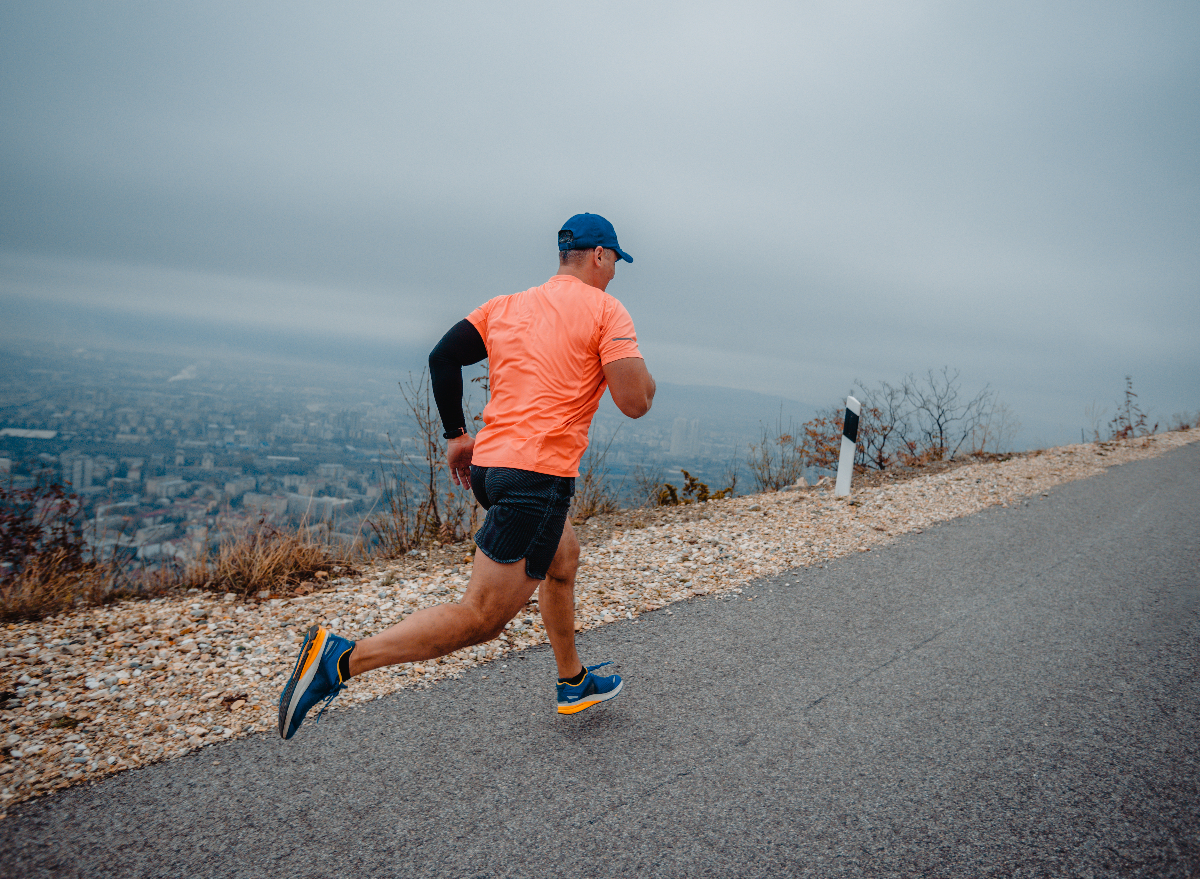Unleash Your Potential: Running Strategy Essentials for Peak Performance
Unleash Your Potential: Running Strategy Essentials for Peak Performance
Blog Article
Managing Usual Running Pains: Reasons, Solutions, and Prevention
As runners, we typically encounter various discomforts that can impede our performance and pleasure of this physical task. By checking out the root factors for these running pains, we can discover targeted services and precautionary steps to make certain a smoother and extra satisfying running experience.
Usual Running Pain: Shin Splints
Shin splints, an usual running discomfort, commonly result from overuse or inappropriate footwear throughout physical activity. The repetitive stress on the shinbone and the cells attaching the muscle mass to the bone leads to inflammation and discomfort.
To prevent shin splints, people ought to gradually raise the intensity of their workouts, wear appropriate footwear with appropriate arch assistance, and preserve versatility and stamina in the muscles bordering the shin (running strategy). Furthermore, integrating low-impact tasks like swimming or cycling can aid keep cardio physical fitness while permitting the shins to heal.
Usual Running Discomfort: IT Band Disorder
In addition to shin splints, an additional prevalent running pain that professional athletes frequently come across is IT Band Disorder, a condition triggered by inflammation of the iliotibial band that leaves the external upper leg and knee. IT Band Syndrome commonly materializes as discomfort on the exterior of the knee, specifically throughout activities like running or biking. The iliotibial band is a thick band of fascia that attaches the hip to the shin, and when it comes to be swollen or limited, it can rub against the thigh bone, bring about discomfort and discomfort.
Joggers experiencing IT Band Syndrome may discover a painful or aching sensation on the external knee, which can get worse with continued activity. Factors such as overuse, muscular tissue discrepancies, inappropriate running kind, or inadequate workout can add to the advancement of this problem.
Usual Running Discomfort: Plantar Fasciitis

Plantar Fasciitis can be connected to different elements such as overtraining, inappropriate shoes, working on hard surfaces, or having high arcs or level feet. To avoid and alleviate Plantar Fasciitis, joggers can integrate stretching workouts for the calf bones and plantar fascia, put on encouraging footwear, keep a healthy and balanced weight to reduce stress on the feet, and gradually enhance running intensity to prevent abrupt anxiety on the plantar fascia. If signs linger, it is recommended to seek advice from a health care professional for correct diagnosis and therapy options to address the problem properly.
Typical Running Discomfort: Jogger's Knee
After resolving the challenges of Plantar Fasciitis, an additional common issue that runners usually encounter is Jogger's Knee, an usual running discomfort that can prevent sports efficiency and trigger pain throughout physical task. Runner's Knee, additionally called patellofemoral discomfort disorder, materializes as pain around or behind the kneecap. This problem is frequently credited to overuse, muscular tissue inequalities, incorrect running strategies, or issues with the alignment of the kneecap. Joggers experiencing this discomfort may feel a plain, hurting pain while running, going up or down staircases, or after long term periods of sitting. To stop Jogger's Knee, it is essential to integrate appropriate warm-up and cool-down routines, maintain solid and balanced leg muscles, use suitable shoes, and gradually increase running intensity. If signs and symptoms persist, inquiring from a medical care expert or a sports medication professional is advised to diagnose the underlying reason and create a tailored treatment strategy to reduce the pain and stop additional complications.
Common Running Pain: Achilles Tendonitis
Commonly afflicting runners, Achilles Tendonitis is an excruciating condition that influences the Achilles ligament, causing pain and prospective constraints in exercise. The Achilles ligament is a thick band of cells that links the calf muscle mass to the heel bone, important for activities like running, leaping, and strolling - go to this site. Achilles Tendonitis typically creates as a result of overuse, improper shoes, poor extending, or sudden increases in physical task
Symptoms of Achilles Tendonitis include pain and tightness along the tendon, specifically in the morning or after durations of lack of exercise, swelling that worsens with activity, and potentially Continue bone spurs in chronic instances. To stop Achilles Tendonitis, it is vital to stretch properly before and after running, put on suitable footwear with correct support, slowly raise the strength of workout, and cross-train to reduce recurring tension on the tendon. Therapy might include remainder, ice, compression, altitude (RICE procedure), physical treatment, orthotics, and in extreme cases, surgical procedure. Early intervention and correct treatment are essential for handling Achilles Tendonitis efficiently and stopping long-term problems.
Verdict

Report this page